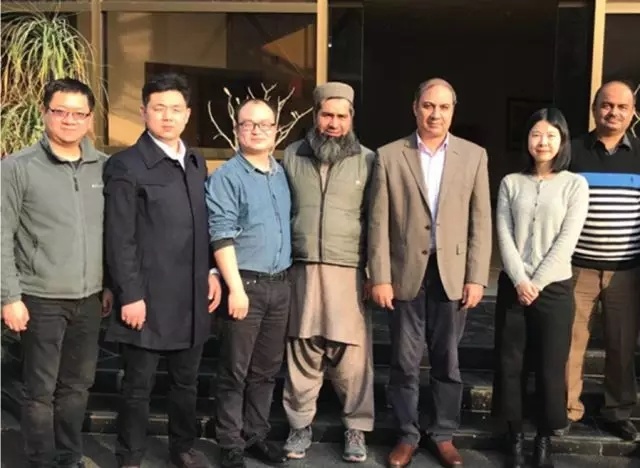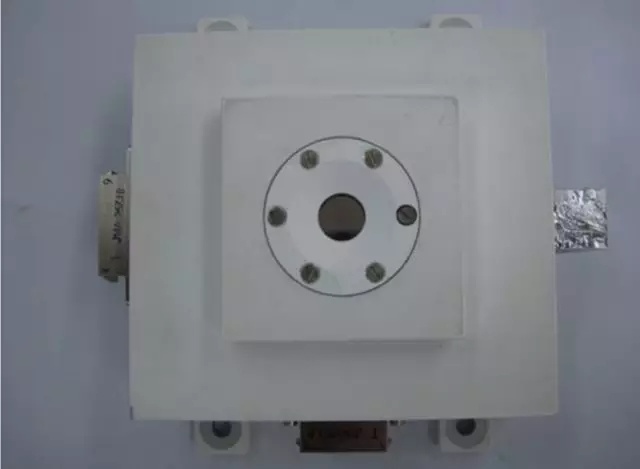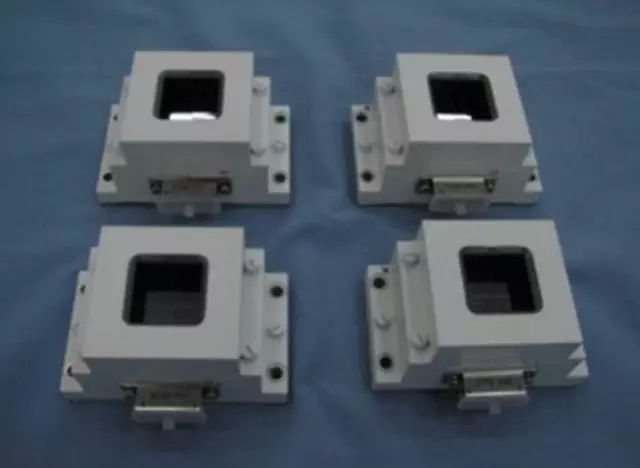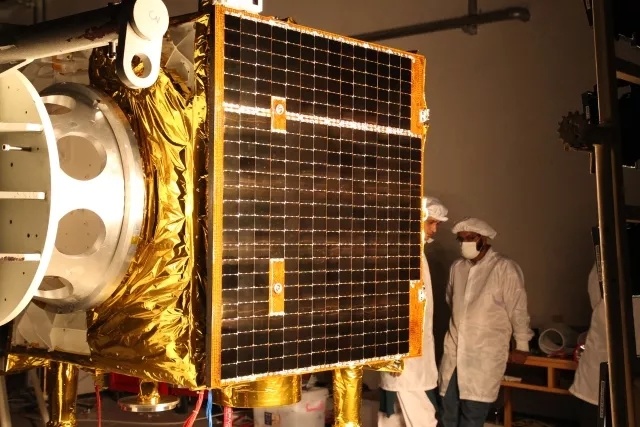
NEWS
CASC Assisted Scientific Experiment Satellite in Pakistan
发布时间:
2018-07-21 10:41
On July 9, the CZ-2C/SMA carrier rocket successfully launched Pakistan’s remote sensing satellite PRSS-1 and scientific experiment satellite PakTES-1A into the pre-selected orbit at Jiuquan Satellite Launch Center. On July 11, Pakistan's first self-developed experiment satellite PakTES-1A successfully received a signal that the solar wing was deployed in place, officially marking the successful operation of the satellite in orbit. The satellite's solar wings and sun sensors were developed by Shanghai Academy of Spaceflight Technology (SAST).
Extended solar wing provides power supply guarantee for Pakistan's first self-developed experiment satellite

The solar wing was developed by Aerospace System Engineering Shanghai (ASES) and Shanghai Institute of Space Power Sources (SISP) of SAST for Pakistan Space & Upper Atmosphere Research Commission (SUPARCO), the leading unit of PakTES-1A satellite, and is the first system-level extended solar wing product for export. The solar wing is composed of two sets of extended solar panels and one set of body-mounted solar panels, and is constructed with high performance honeycomb core and carbon fiber, with a designed on-orbit life of three years.
The project is a representative system-level product export of SAST following the export of body-mounted solar wing products for Satellogic satellite in Argentina. At present, SAST offers three types of solar wings including rigid, semi-rigid and flexible, with small, medium and large series for each type. After more than 20 years of development, there have been nearly 130 in-orbit products, and the success rate of in-orbit deployment is 100%. The development of international market is steady. SAST has signed a batch supply agreement for Argentina’s satellite solar wings, and has successfully delivered 6 sets of products. Also, SAST is steadily promoting the PakTES-1B satellite solar wing project in Pakistan, and is actively developing solar wing products with Europe, South Africa, South Korea, Singapore and other countries.
Sun sensor provides stable and reliable attitude measurement information for Pakistan satellite

Sun sensor is one of the most widely used sensors in spaceflight field. It can measure and determine the attitude of spacecraft platform by measuring the vector orientation of the sun relative to spacecraft body and then measuring the angle between the sun ray vector and the body axis of spacecraft such as satellite. The sun sensors of Shanghai Aerospace Control Technology Institute of SAST are mature in technology and stability in performance, and therefore naturally become the main products for international export. In August 2016, aiming at the opportunity of bidding for Pakistan satellite project, the Institute participated in bidding decisively with its sun sensor products and won the bid, thus realizing the breakthrough of zero international export in aerospace field.


The delivery of 12 analog sun sensors and 2 digital sun sensors was successfully completed this time.
Along with the successful orbiting of the sun sensors developed by the Institute, its photoelectric sensor products for satellites are officially presented to the international market and foreign users. It is believed that there will be more aerospace standalone products to go out of the country.
First application and export of 32% efficiency gallium arsenide solar cells

In the mission of PakTES-1A scientific experiment satellite in Pakistan, SISP undertook the design and development of solar cell circuits of satellite power subsystem. Pakistan required that the output power of solar cell array should not be less than 600W at the end of three years' life on 2.5m2 solar panel. For this purpose, a solar cell with 32% efficiency was developed by SISP, and has passed the qualification test. The measured results are converted to 610W power output at the end of the experiment, which completely meets the user's requirements.
The space solar cell technology with 32% efficiency is the most efficient product in batch production in the type spectrum of the corporation at present, and is also the first-class international research product supported by SAST in the past two years. This is the first export application of SISP’s 32% efficiency gallium arsenide solar cells. Compared with the solar cell with 30% efficiency, the current density of this product is improved by spectral division and material selection, hence improved cell efficiency. In terms of technology, the component jump buffer lay growth technology is adopted to adjust the lattice matching state between solar cell material and substrate and develop the pn junction material with high photoelectric conversion efficiency. In addition, the anti-particle irradiation technology of Bragg reflector is applied to improve the radiation resistance of the solar cell and increase its long-life end power. Currently, the high-efficiency gallium arsenide solar cells play a leading role in international solar cells for their 30% high photoelectric conversion efficiency and high radiation resistance, while SISP has achieved 34.6% conversion efficiency synchronized with international level in the previous years. The application of this 32% efficiency product will also accumulate space application experience for subsequent application of higher efficiency solar cells.

Reprinted from WeChat public platform "Shanghai aerospace"